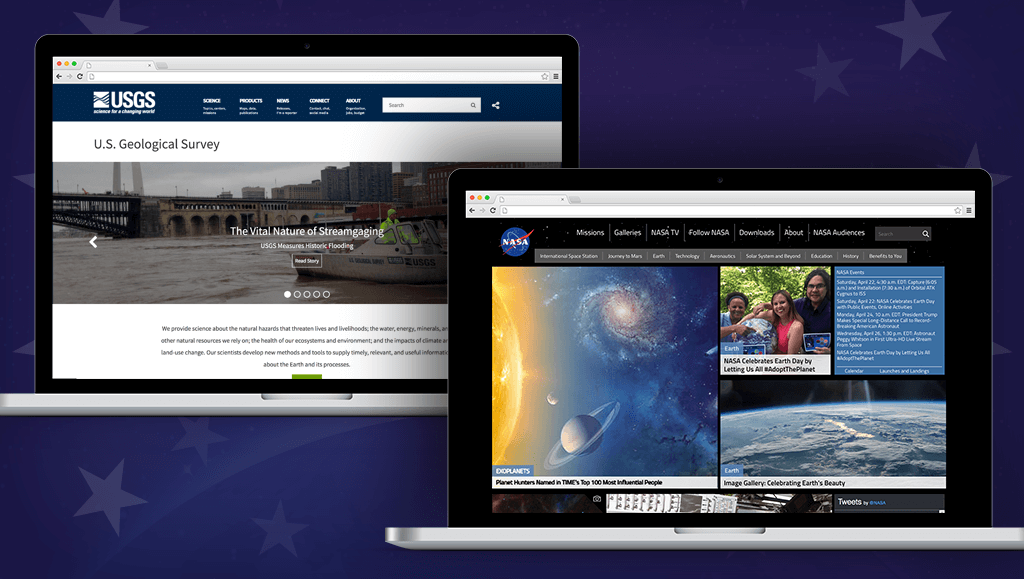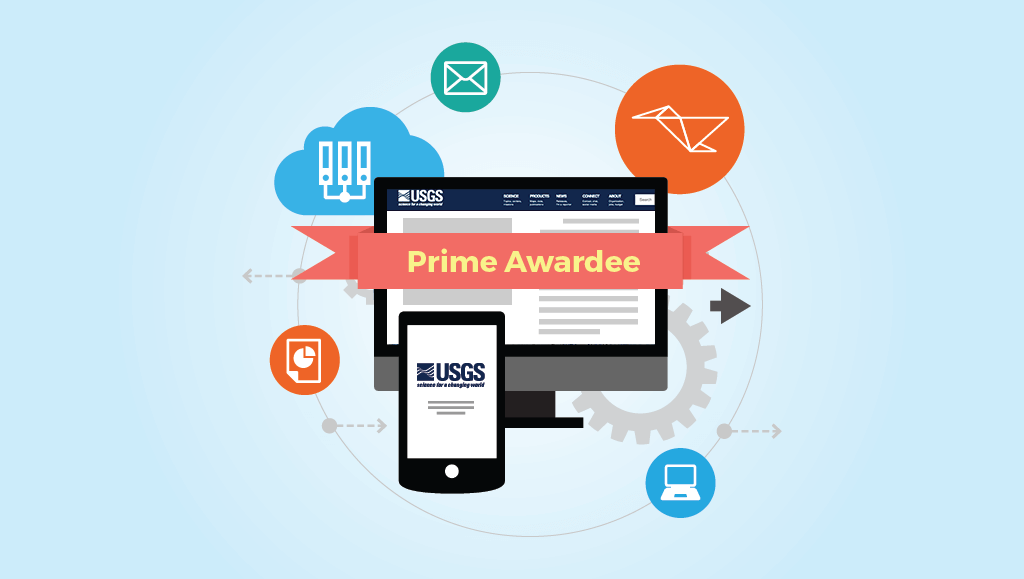
The U.S. Geological Survey is a scientific agency of the United States government dedicated to gathering, mapping, and monitoring information about natural resources conditions. USGS has partnered with Mobomo on a variety of projects, from their Drupal website to the most cutting-edge technology. The USGS Did You Feel It (DYFI) application is a long-running system for rapidly collecting and mapping macroseismic intensity data from users' shaking and damage reports, and is now shifting from a purely web-based experience to incorporating voice-enabled IoT devices, powered by Alexa today, and possibly Google, Siri, and others in the future. We cannot wait to present together at the VOICE Summit on our, not yet released, Alexa skill. Be sure to see our session on Thursday, July 26, at 2 pm.
What better way to keep USGS at the forefront of technology than to utilize Alexa for earthquake reporting. This information, originally gathered via snail mail and then the internet, enables citizens to report what they experienced during or after an event. Now, if you feel an earthquake, you can duck for cover and report it all at once!
While reporting an earthquake to Alexa after it occurs may not be the first thought to cross your mind, expanding use of voice technology will enable this to become second nature. Having accurate information based on one's location is important to the success of the USGS earthquake research. The next time you feel an earthquake, be sure to use this Alexa Skill to report your experience.
Did You Feel It?
"Did you Feel It" is a voice Skill for the Amazon Alexa family of devices that provides a voice interface for citizens to provide detailed earthquake reports to the US Geological Survey. Considerable effort went into the development of the Conservation User Interface (CUI) to allow for more natural conversations, and feedback from test users was integrated into the current Alexa skill set. With proper care in skill development, voice-enabled IoT devices may allow people to interact and respond more naturally to real-world events that the USGS monitors and studies. From anywhere within range of an Alexa device, citizens can engage in a natural dialogue about earthquakes in their areas, such as:
"Alexa, was there just an earthquake?"
"Yes. An earthquake of magnitude 2.7 was reported 2 minutes ago, 20 miles north of your location. Did you feel it?"
"Yes."
"Would you like to answer some questions that will help USGS scientists better understand earthquake effects?"
"Yes."
The app then asks the citizens a series of questions about the effects of the earthquake shaking, the results of which are parsed, collated and sent to the USGS Earthquake Hazards Program for further study.
It's anticipated that voice-enabled IoT devices will significantly augment current collection strategies and improve many users' experience with their contributions to the USGS science and earthquake response. Check out our session at the VOICE Summit to learn more about the process, challenges, and what it took to bring this project to fruition!

